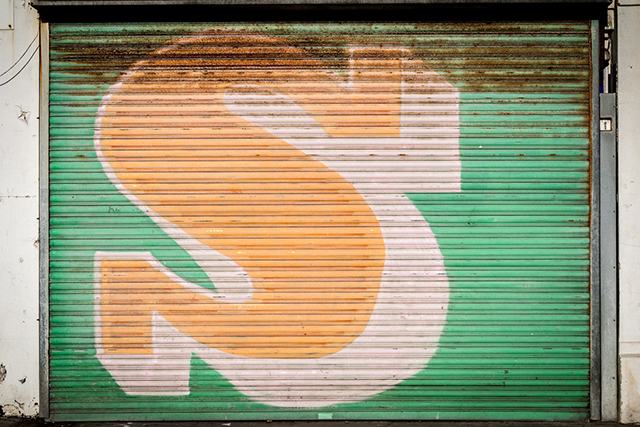
Defining possessive nouns is tricky. There are several unique rules that can confuse even the most seasoned writer. And to make things even more complicated, not all style books are in agreement about how to handle possessive nouns.
Today we will clear up possessive nouns once and for all using the AP Stylebook’s guidelines. Let’s get to work.
Singular Nouns
Most singular nouns define a possessive relationship by adding an ’s to the end of the word.
- For example: the girl’s book or Justin’s donut (hands off my donut!).
Singular common nouns ending in s also define a possessive relationship by adding ’s to the end of the word.
- For example: the hostess’s station or the witness’s testimony.
When a singular proper noun ends in s, add an apostrophe to the end of the word and leave off the extra s.
- For example: Jesus’ followers or Maus’ story.
Plural Nouns
Most plural nouns end in s already. To define a possessive relationship with these, add an apostrophe to the end of the word.
- For example: the dogs’ bowls or the books’ pages.
If a plural noun does not end in s, make it possessive by adding an ’s to the end of the word.
- For example: women’s rights or alumni’s donations.
Special Exceptions
If a word doesn’t end in s but ends with an s-sound AND the next word begins with an s, you can define possession by adding just an apostrophe.
- For example: her conscience’ song or for appearance’ sake.
Otherwise, always add ’s to the end of the word.
- For example: her conscience’s whisper or for pity’s sake.
Possessive Pronouns
When to use it’s or its can be confusing. However, all pronouns define a possessive relationship by adding an s to the word.
- For example: its or hers.
Most often, pronouns with apostrophes are contractions.
- For example: it’s is the contracted form of it is.
Take these rules and go write without fear. If you get stuck, remember that ProWritingAid’s Grammar Check is here to help clear up your possessive nouns and much more besides.

